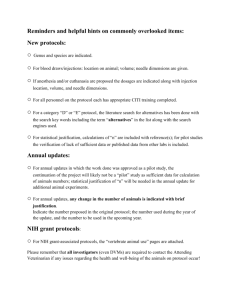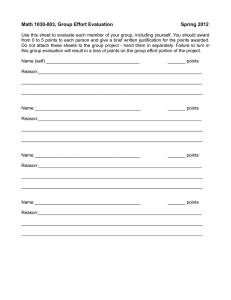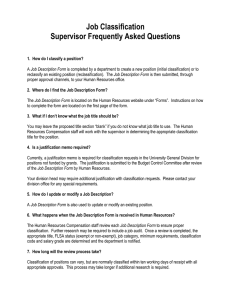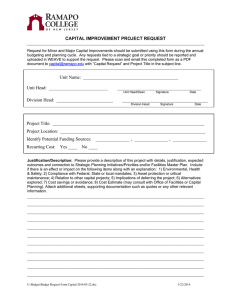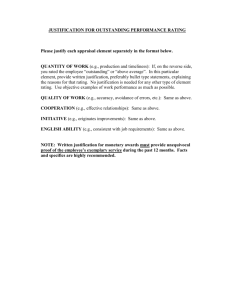Common project application failings
advertisement
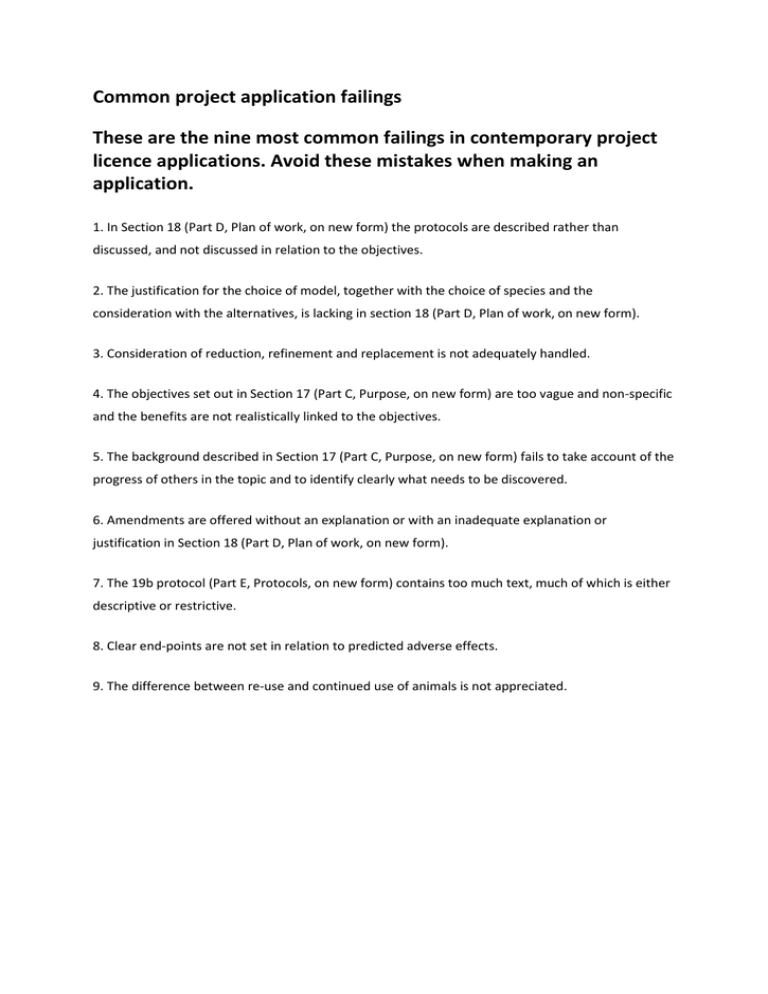
Common project application failings These are the nine most common failings in contemporary project licence applications. Avoid these mistakes when making an application. 1. In Section 18 (Part D, Plan of work, on new form) the protocols are described rather than discussed, and not discussed in relation to the objectives. 2. The justification for the choice of model, together with the choice of species and the consideration with the alternatives, is lacking in section 18 (Part D, Plan of work, on new form). 3. Consideration of reduction, refinement and replacement is not adequately handled. 4. The objectives set out in Section 17 (Part C, Purpose, on new form) are too vague and non-specific and the benefits are not realistically linked to the objectives. 5. The background described in Section 17 (Part C, Purpose, on new form) fails to take account of the progress of others in the topic and to identify clearly what needs to be discovered. 6. Amendments are offered without an explanation or with an inadequate explanation or justification in Section 18 (Part D, Plan of work, on new form). 7. The 19b protocol (Part E, Protocols, on new form) contains too much text, much of which is either descriptive or restrictive. 8. Clear end-points are not set in relation to predicted adverse effects. 9. The difference between re-use and continued use of animals is not appreciated.
